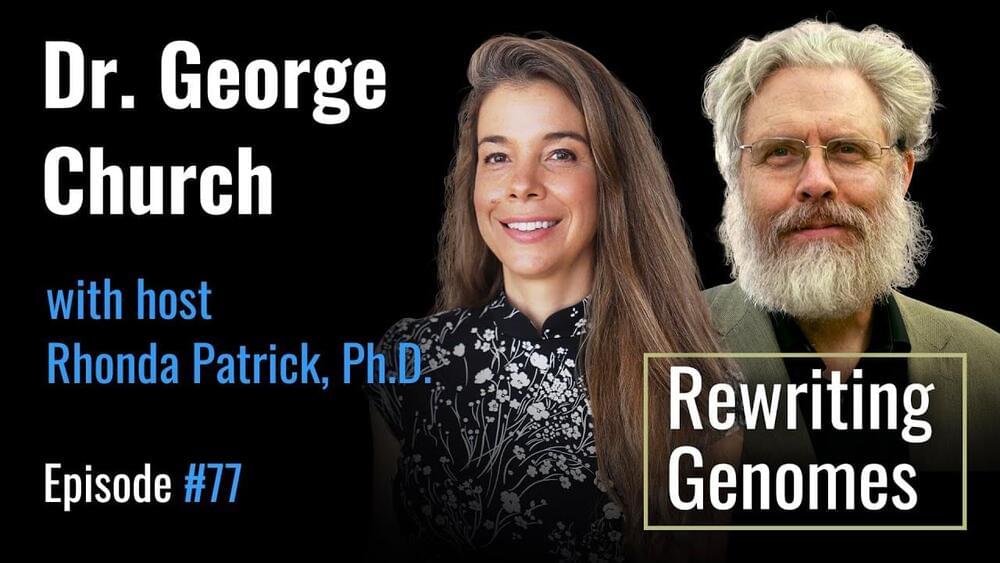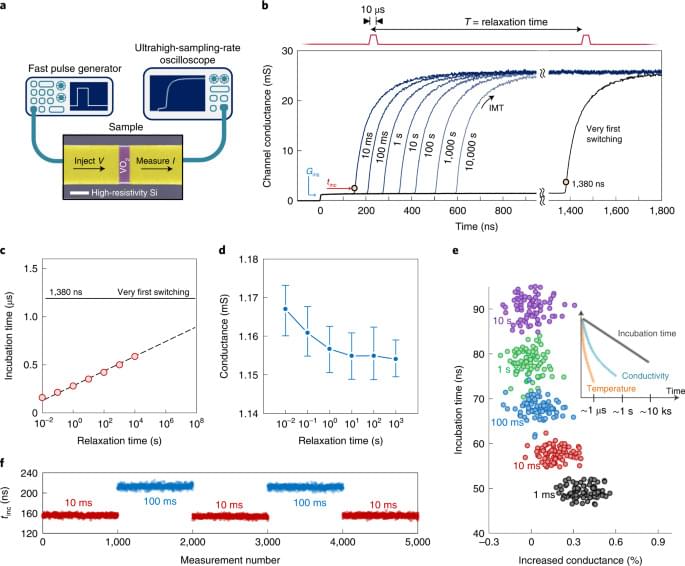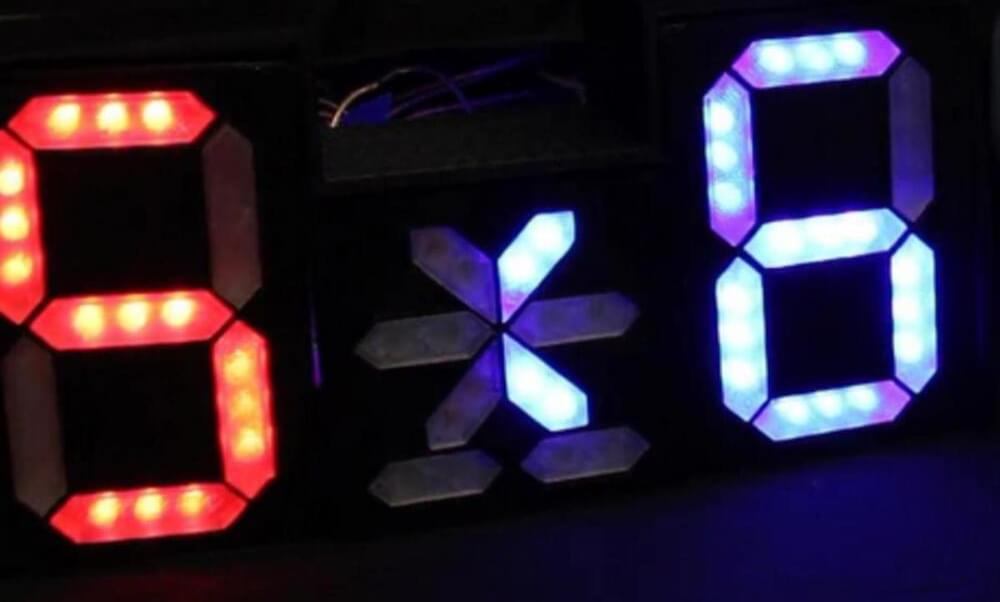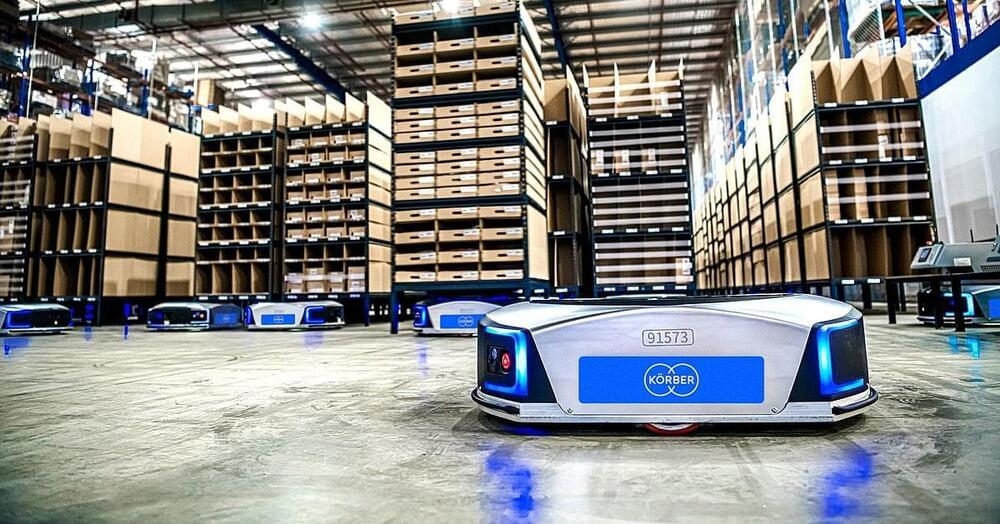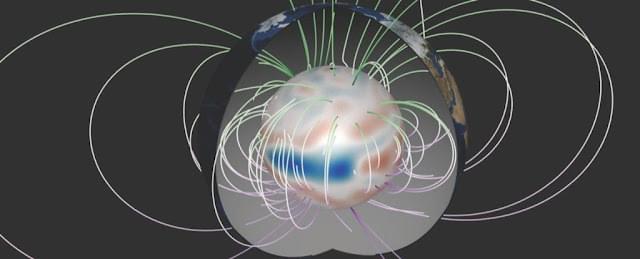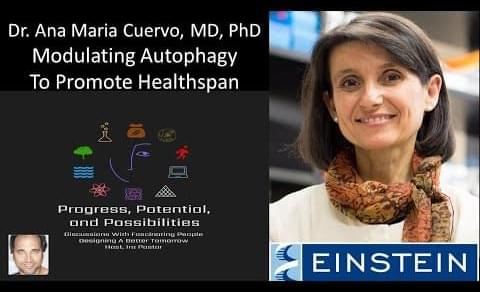
Aging is a complex and inevitable process that affects all organisms – and it is associated with tissue dysfunction, susceptibility to various diseases, and death [1]. The development of strategies like cellular reprogramming for increasing the duration of healthy life and promoting healthy aging is difficult since the mechanism of aging is not understood clearly. Aging is known to be associated with several hallmarks of aging – such as epigenetic alterations, genomic instability, cellular senescence, telomere shortening, mitochondrial dysfunction and altered intercellular communication.
Aging can be divided into two major phases: healthy aging and pathological aging. Healthy aging is the phase where the accumulation of minor alterations takes place, but pathological aging is the phase where clinical diseases and disabilities predominate along with the impairment of physiological functions [2].
Longevity. Technology: Notions regarding cells undergoing a unidirectional differentiation process during development existed previously [3]. However, in recent years cellular reprogramming using transcription factors has emerged as an important strategy for the rejuvenation of aging cells, erasing markers of cell damage and restoring epigenetic markers. These transcription factors also known as Yamanaka factors include Oct4, Sox2, Klf4, and c-Myc (OSKM). They can convert terminally differentiated somatic cells into pluripotent stem cells which are capable of dividing into any cell type of the body and thus can improve the health and longevity of individuals.
